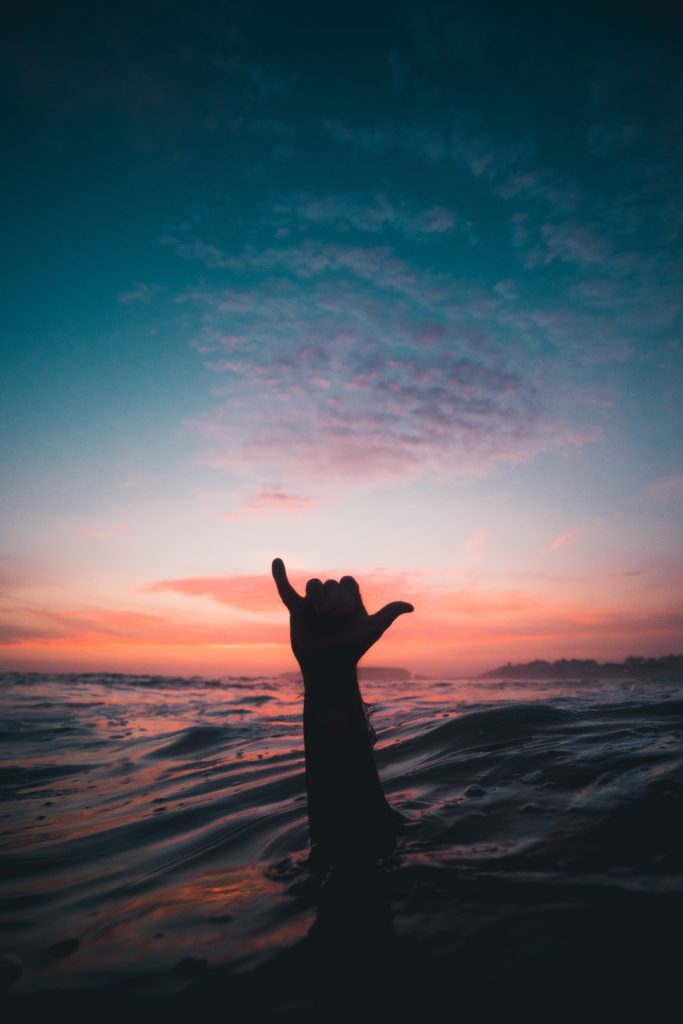There are no items in your cart
Add More
Add More
| Item Details | Price | ||
|---|---|---|---|
{{8/02/2022}}
Surfing has been a popular pastime of the cultures of the Pacific Islands for centuries. The term for surfing in Hawaiian language is ‘he’e nalu,’ which means “wave sliding.” While Pacific Islanders have known of surfing for centuries, Westerners only discovered the sport when Captain James Cook explored the Pacific Islands and especially Hawaii. Cook wrote in his diary that he attended a local surfing session; however the explorer considered the sport a wiild game for savages. It was another one hundred years before Westerners would reconsider their opinion.
In the late 19th century, the American writers Mark Twain and Jack London each journeyed separately to Hawaii. They wrote about the sport in their accounts of their trip to the islands, making Americans aware of surfing for the first time.
After the U.S. began to colonize the Pacific Islands, the government began to promote tourism to the area in the 1930’s. As more Americans took the trip to the islands they began to discover and even take part in surfing. From 1930 to 1960, the number of surfers in the U.S. rose from around 500 to 150,000. 
The emergence of surfing in American culture was largely due to Duke Kahanamoku, a professional swimmer and surfer who popularized surfing in California. Khanamoku would help to popularize a sport and a lifestyle that came to symbolize freedom and individuality, both of these traits became synonymous with the Western United States at the time. This made Surf Culture the equivalent of West Coast culture in the minds of many Americans.
While Kahanamoku brought surf culture to California, it was through music and the movies that surfing became a nationwide craze. Movies such as “Gidget” (1959), “Blue Hawaii” (1961, starring Elvis Presley), “Beach Blanket Bingo” (1965), and “Endless Summer,” (1966, a documentary following two surfers on an around-the-world surfing trip), helped make surfing a part of U.S. pop culture in the 60’s.
Most of the surf movies made in the 1960s had little impact outside of that decade; the music that developed from surf culture, on the other hand, had an impact that persists even today. Surf music began as mostly instrumental music, with influences from American rock and blues. Surf music is known for the spring reverb of the electric guitar that mimics the crashing of the waves.

The most widely-known surf instrumentalist is Dick Dale, who burst on to the scene with his band, the Del-Tones in the early 60s. Dale’s music found a more modern fan base when it was featured in the 90’s movie “Pulp Fiction,” and is still popular today. Of course, there are are bands like the Beach Boys, The Ventures and Jan and Dean who used vocals to create a more widely-appealing brand of surf music. In 1963, Jan and Dean’s “Surf City” was number one on the Billboard Charts for 11 weeks.
Even though surf culture is not as popular as it was in the sixties, it still has an influence in fashion, music, and lifestyle. Fashion brands such as Quicksilver and Billabong feature designs inspired by surf culture. The music of Dick Dale has a dedicated fan base even today, and his guitar playing has inspired other rock and blues musicians. Even in transportation, the Volkswagen camper-van and beetle, which became popular as part of the surfer craze, continue to be be popular today and are still symbols of a wandering lifestyle. And the Shaka Greeting, used by surfers to greet one another, is still used to mean “relax” or “taking it easy,” and even has its own emoji!

Lingo Metro
A California-based travel writer, lover of food, oceans, and nature.